Hidden Dangers: 10 Harmful Ingredients in Face Wash You Should Stop Using Today
| Estimated Reading Time: 5 minutes |
You wash your face to clean it. Simple. But what you use to clean it can quietly change your skin’s chemistry. I’ve spent time reading ingredient lists and trying alternatives — and what keeps coming up are a handful of ingredients that do more harm than good for everyday use. Below, you’ll find the short list (the real troublemakers), but also why they’re a problem and what to look for instead.

Call this a short survival guide: Ingredients to Avoid in Face Wash, explained without jargon.
Table of Content: |
Ingredients to Avoid in Face Wash
1) Sodium Lauryl Sulfate (SLS) and Sodium Laureth Sulfate (SLES)
Yes, they foam beautifully. They also strip oils aggressively. That “squeaky clean” feeling? It’s your skin barrier being pulled tight. Repeated use of SLS/SLES increases transepidermal water loss and can provoke irritation (especially if you’re sensitive). For someone with rosacea, eczema, or even occasional dryness, these surfactants are usually overkill.
Look for: cocamidopropyl betaine, sodium cocoyl isethionate, decyl glucoside — milder surfactants that clean without removing the skin’s protective lipids.

2) Denatured Alcohol (Alcohol Denat)
Quick-drying, cooling, often used to make a product feel “clean.” But this alcohol evaporates fast and pulls moisture out with it. If your face wash lists Alcohol Denat near the top, expect temporary dryness and, over time, possible rebound oiliness (skin overcompensates). Not great for daily use.
Acceptable alcohols: fatty alcohols such as cetyl or stearyl alcohol — they’re emollient, not drying.
3) Fragrance (or “Parfum”)
This one is tricky because scent is subjective. But “fragrance” can be a cocktail of dozens of chemicals — some allergenic, some irritating. If you have reactive skin, acne-prone skin, or just like predictable results, skip fragranced cleansers. Essential oils are not automatically safer (they can sensitize too), but a truly fragrance-free formula is the safest baseline.
If you must have scent: look for products that list the actual essential oil (e.g., lavender) and in low concentration.

4) Parabens (methyl-, propyl-, butyl-)
Parabens were once the preservative workhorse. They prevented mold and bacteria growth. Then concerns about endocrine disruption (paraben molecules showing weak estrogen-like activity) shifted the industry. The evidence isn’t a sudden “this will make you sick” headline; it’s about cumulative exposure and sensible caution.
Bottom line: avoiding parabens in daily rinsed products (face wash included) is reasonable. There are safer preservatives now: phenoxyethanol (in low %), ethylhexylglycerin, sodium benzoate, potassium sorbate.
5) Triclosan and heavy-duty antibacterials
Used in the past for “antibacterial” claims. Two issues: they can drive antimicrobial resistance and they disturb the skin microbiome. Your skin’s resident microbes help maintain balance; blasting them every day is not wise. Unless you have a specific, clinician-advised need (a wound, infection risk), skip triclosan.
Instead: look at gentle antimicrobial botanicals or targeted actives for acne (salicylic acid), not broad-spectrum antibacterials in wash-off products.
6) Artificial colors and dyes
Blue, green, pink — they have no skincare benefit. Many FD&C dyes are irritants for sensitive skin and they serve purely cosmetic purposes. A clear or naturally colored formula is usually cleaner and kinder.

7) Formaldehyde-releasing preservatives
Names to watch for: DMDM hydantoin, quaternium-15, imidazolidinyl urea. They slowly release small amounts of formaldehyde to kill microbes. That gas is a known irritant and allergen. For a daily rinse-off product, there are better preservative systems.
8) PEGs and possible 1,4-dioxane contamination
Polyethylene glycols (PEGs) are useful emulsifiers, but manufacturing can leave behind trace impurities like 1,4-dioxane, which is a contaminant of concern. Not every PEG is dirty — reputable manufacturers remove impurities — but if you prefer a conservative approach, choose products labeled 1,4-dioxane-free or PEG-free.
9) Silicones — dimethicone, cyclopentasiloxane (use sparingly)
Silicones create that silky, immediate-smooth feel. They’re not toxic, and they do form a protective film. But in a face wash, heavy silicones can trap debris under that film, particularly if rinsing is imperfect. For daily cleansing, silicone-heavy finishes are unnecessary. (Silicones have good uses — primers and certain leave-ons — but not obligatory in a rinse-off wash.)
10) Overly strong exfoliants built into daily washes
This is a form-based problem: many cleansers now come with AHAs, BHAs, enzymatic exfoliants, and even microbeads. Exfoliation is powerful — and useful — but not every day. Daily micro-exfoliation increases sensitivity and undermines the barrier. If you use an AHA/BHA cleanser, don’t combine it with other strong actives daily (retinoids, vitamin C, etc.). Use them on a schedule.

How to read labels fast (a small practical method)
-
If the ingredient you can’t pronounce comes before water — take note. Ingredients are listed in descending order of concentration.
-
If a cleanser promises deep-penetrating action with multiple strong actives and also has SLS, that’s a red flag. Too many strong things equals too much risk.
-
“Natural” isn’t automatically safer. Natural extracts can still irritate. Look for tested concentrations and pH-balanced claims.
What to choose instead (quickly)
Aim for: a gentle surfactant base (mild amphoteric or nonionic), a humectant (glycerin), a soothing agent (aloe, panthenol), and a light preservative system. If you’re acne-prone, choose targeted actives like low-percent salicylic acid, not a daily blast of antibacterials.
Simple checklist: no harsh sulfates, no denatured alcohol, no vague “fragrance,” no parabens, no triclosan. That set covers most of the common harm.
Final note — context matters
Some of the ingredients above are fine in certain products. For example, a strong medicated cleanser used for two weeks under dermatologist guidance can help clear a condition. The issue is habitual, daily exposure. Your daily wash is a repeat dose. If the formulation is aggressive, repeated exposure will show up as redness, sensitivity, or long-term barrier damage.
If you take anything away: face washing should be cleaning without collateral damage. Choosing a product that avoids the common offenders is the simplest step you can take to protect your skin long-term.
Recommended Products by Blue Nectar:
Turmeric Ubtan Powder Face Pack for Glowing Skin (9 herbs, 100 g + 15 g Free)
Honey Detan Face Wash for Glowing Skin (8 herbs)
Kumkumadi Face Wash for Gentle Cleansing (10 Herbs)
Shubhr Neem Pimple Face Wash for Acne Control & Oil Balancing (11 Herbs)
Gold Swaran Bhasam Face Wash for Glowing Skin | Face Wash for Women & Men (10 Herbs)
2% Kojic Acid Face Wash for Pigmentation with Rice Water (11 Herbs)
Related Articles:
A Journey Through Time and the Rise of Herbal Face Wash
The Hidden Science Behind Face Wash: Is Yours Helping or Hurting?
References:
https://pmc.ncbi.nlm.nih.gov/articles/PMC9628299/
https://pubmed.ncbi.nlm.nih.gov/16283906/





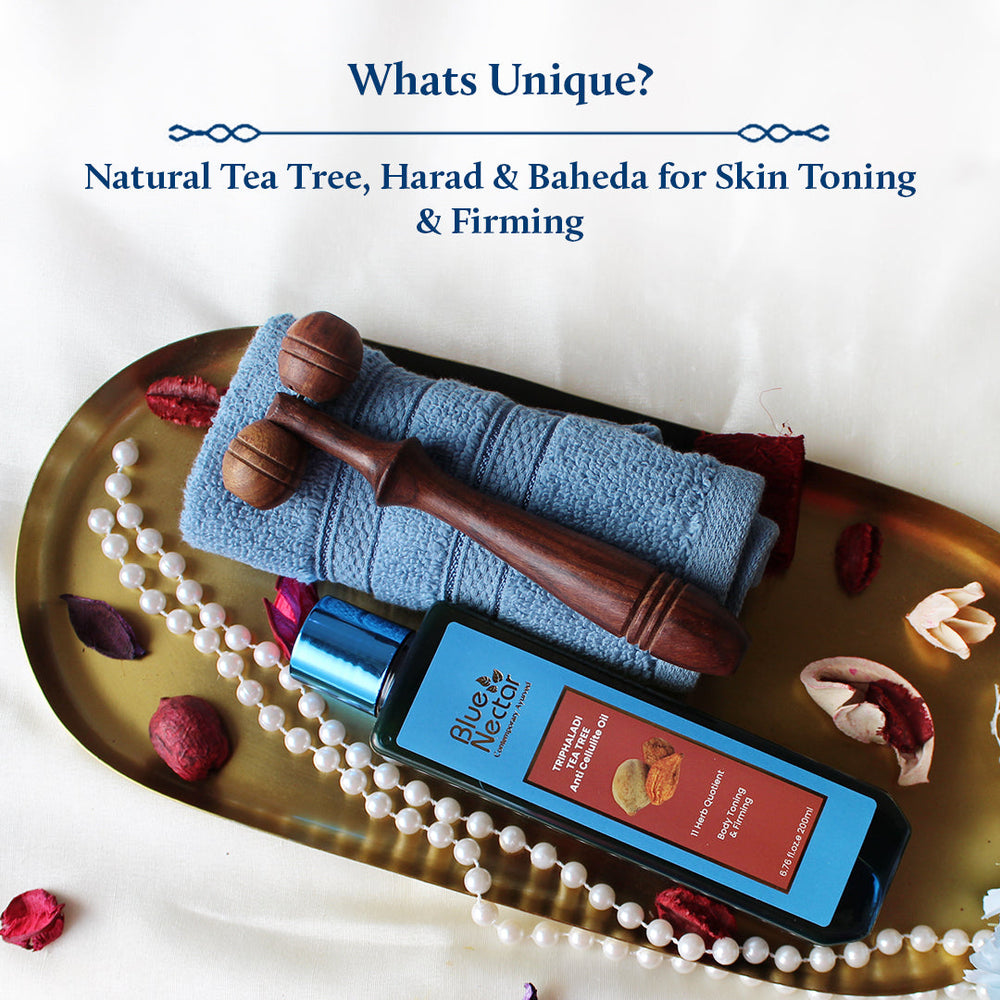

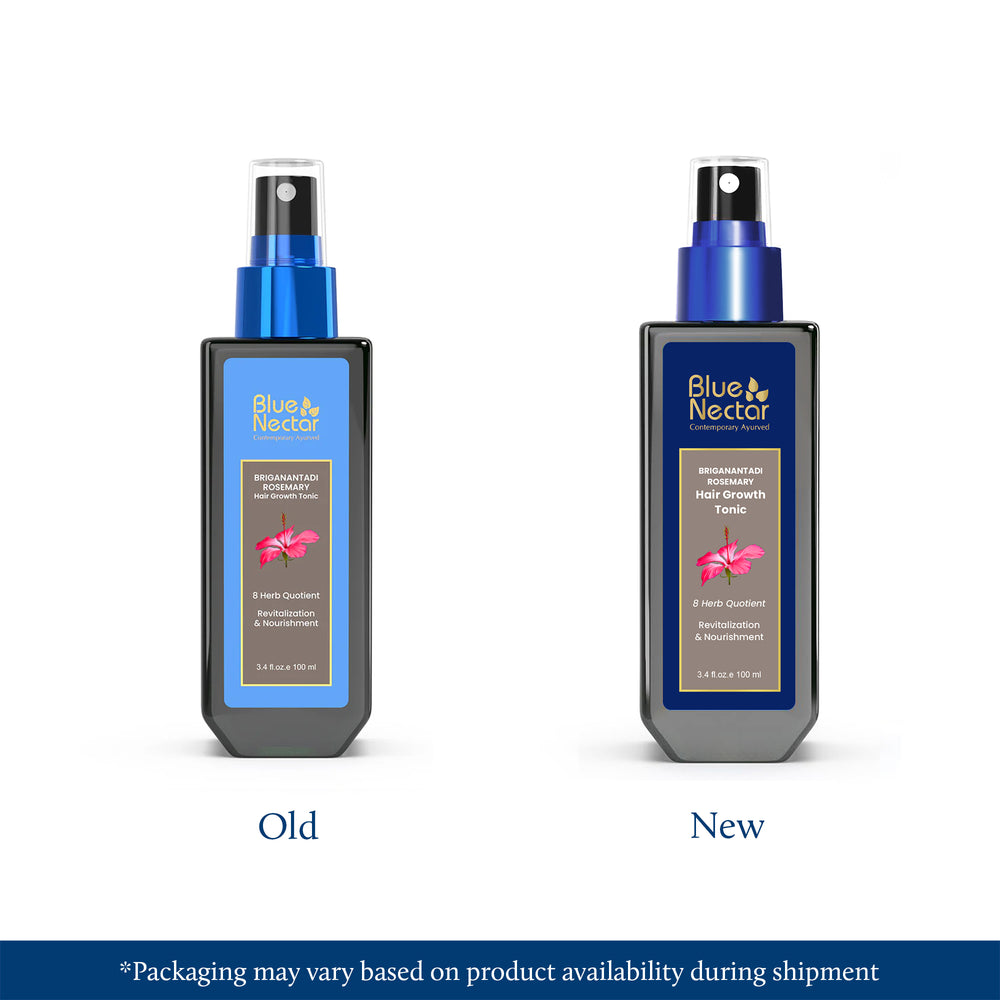
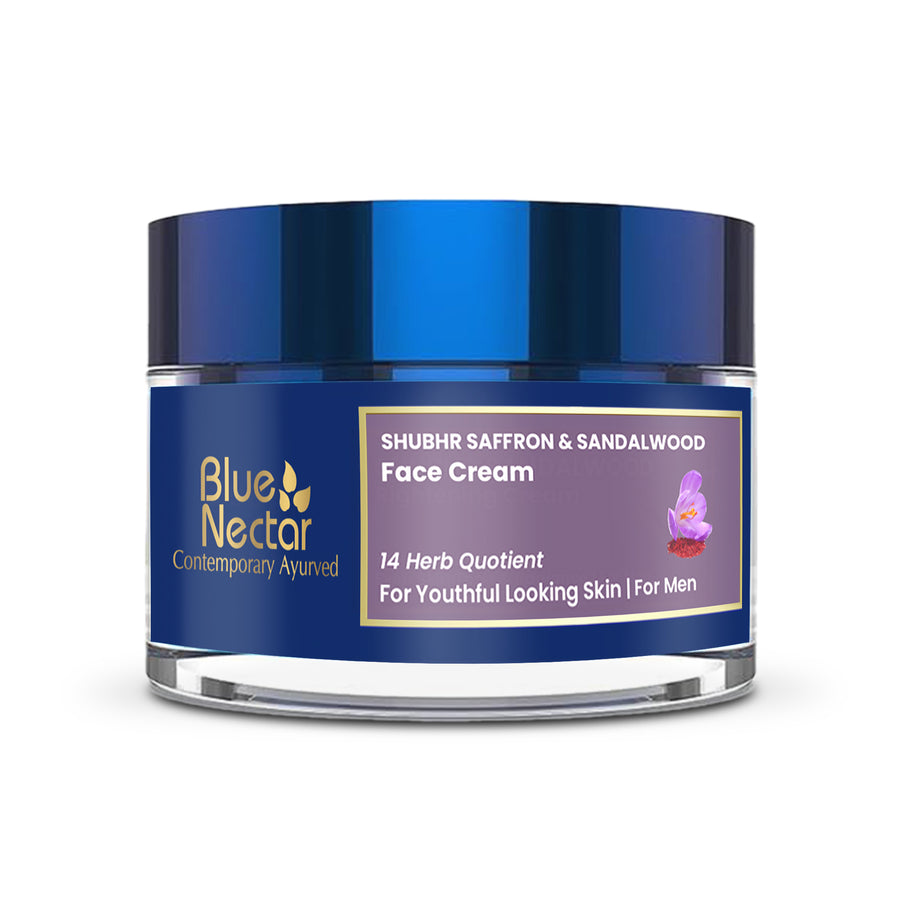
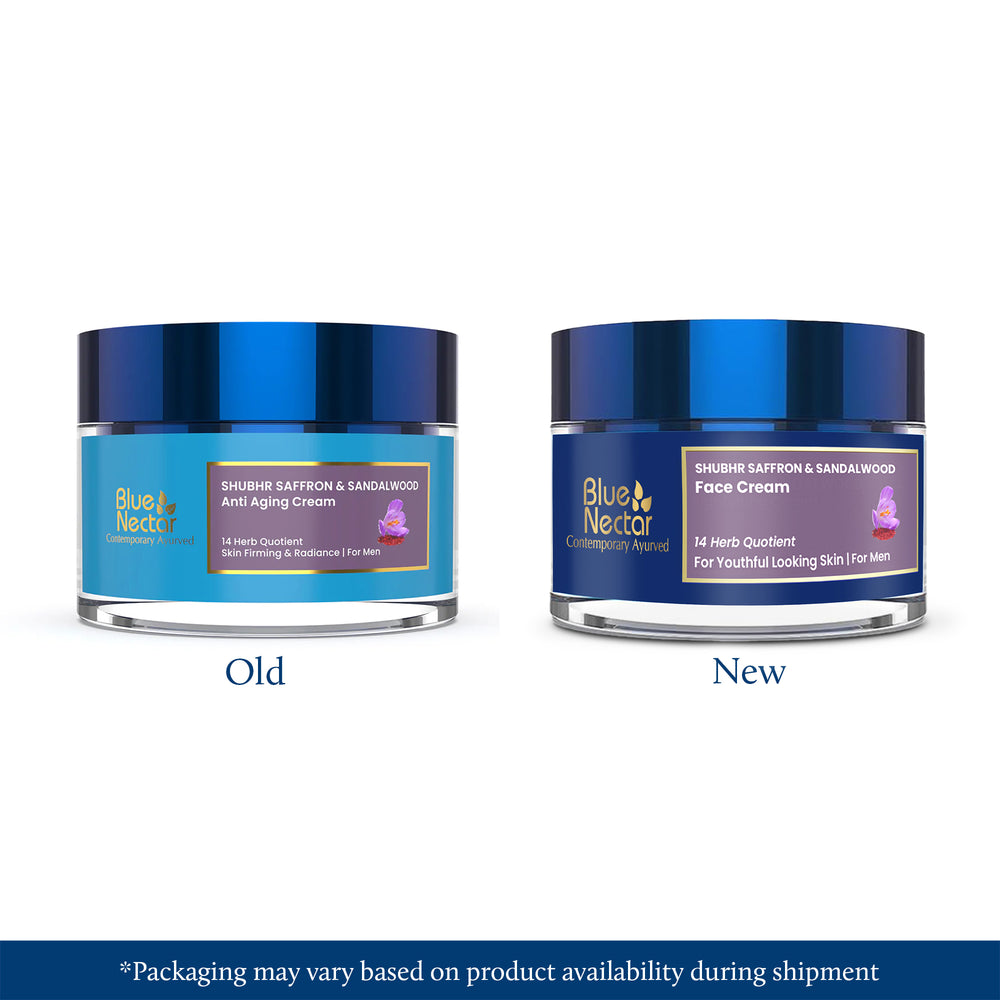
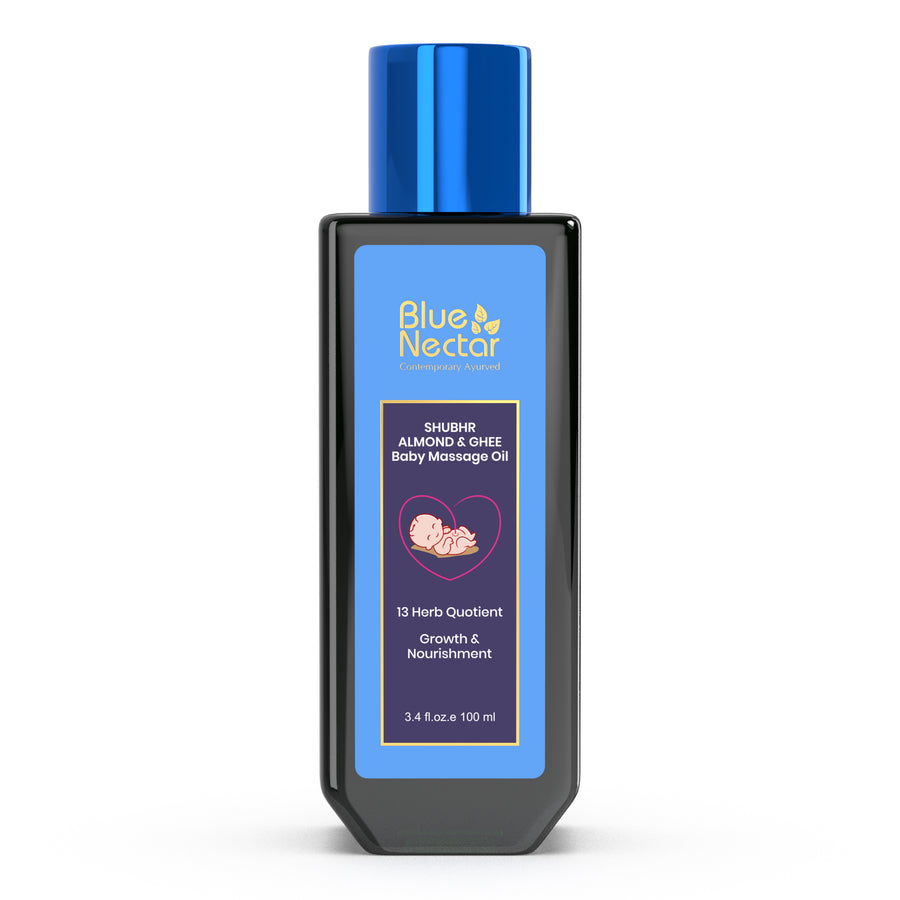
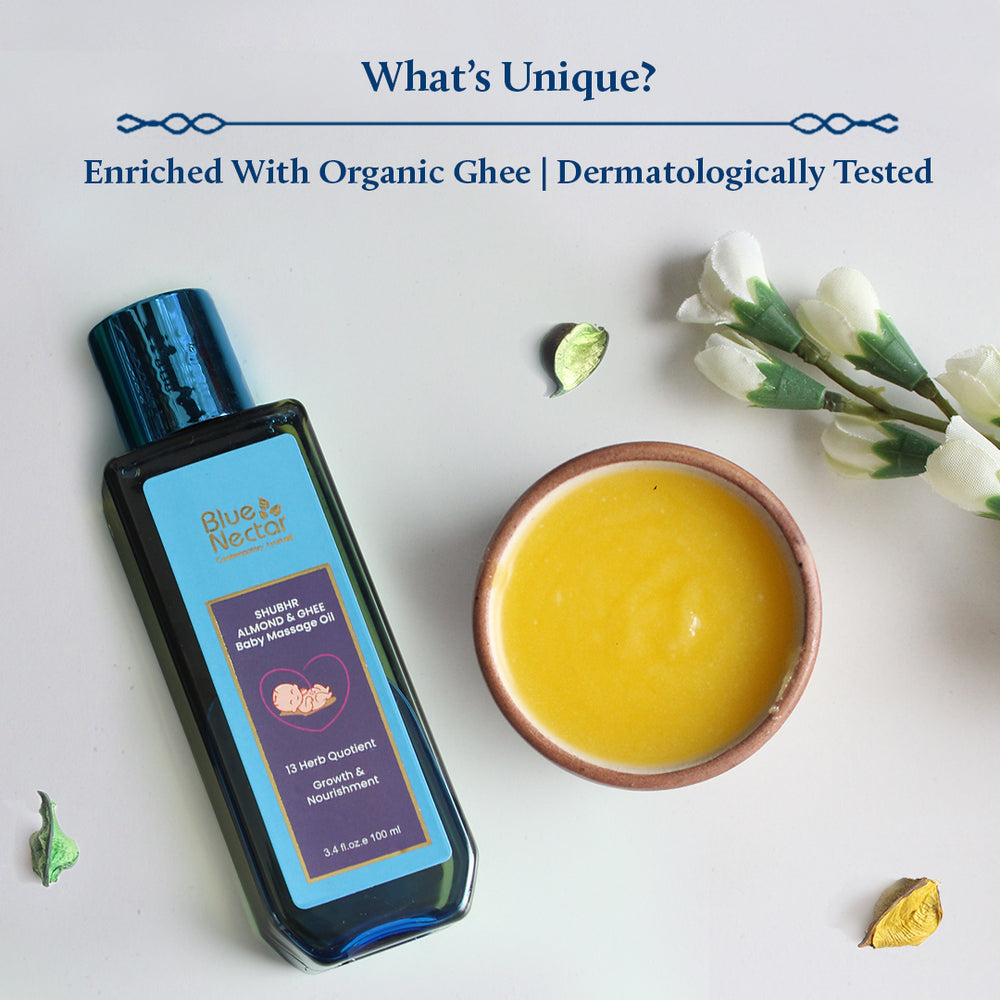
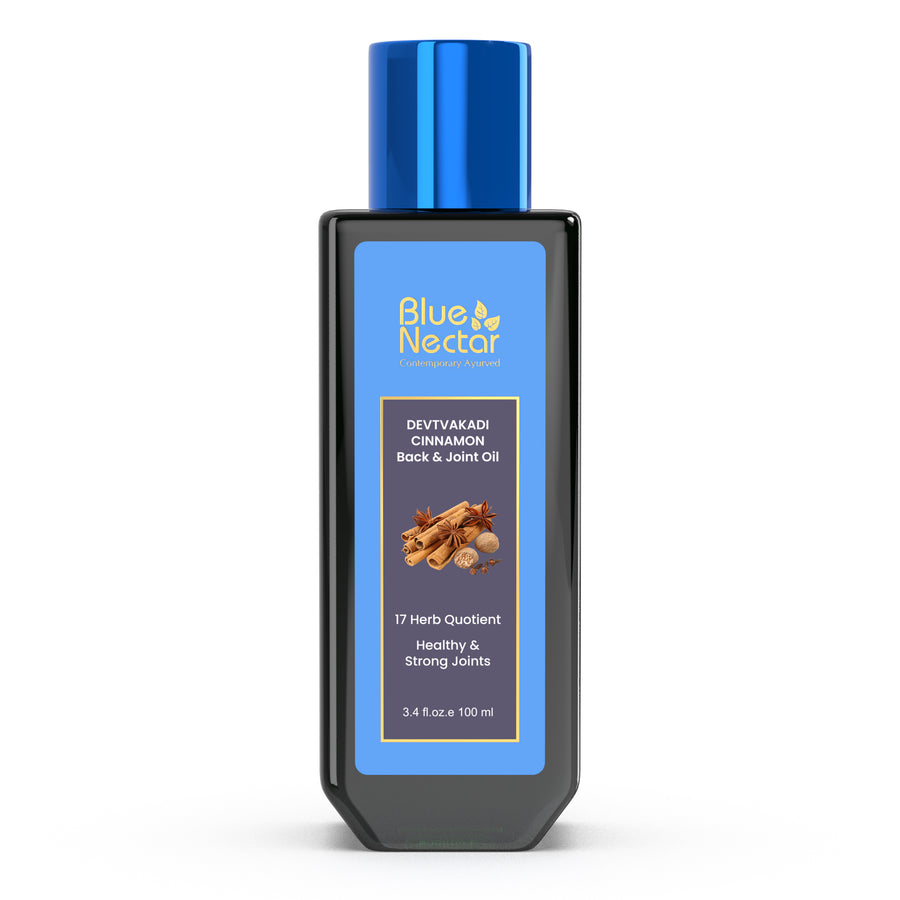
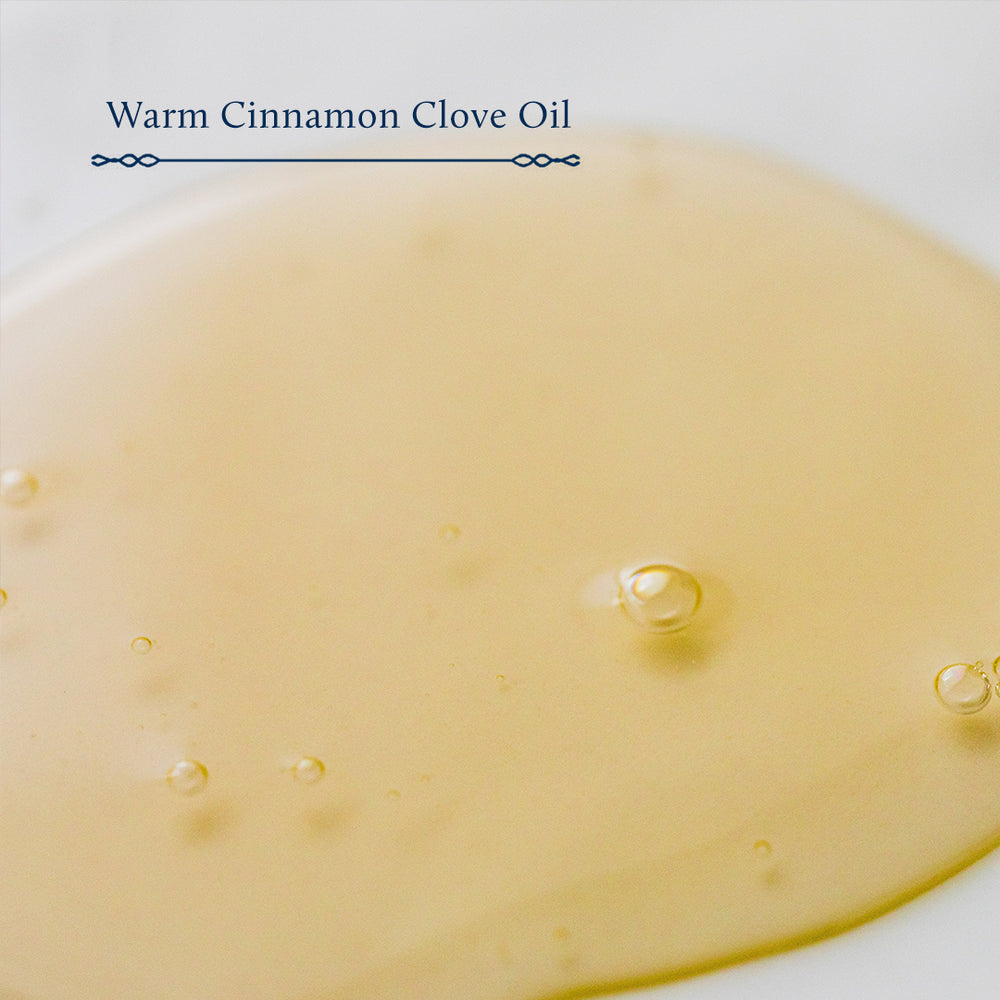


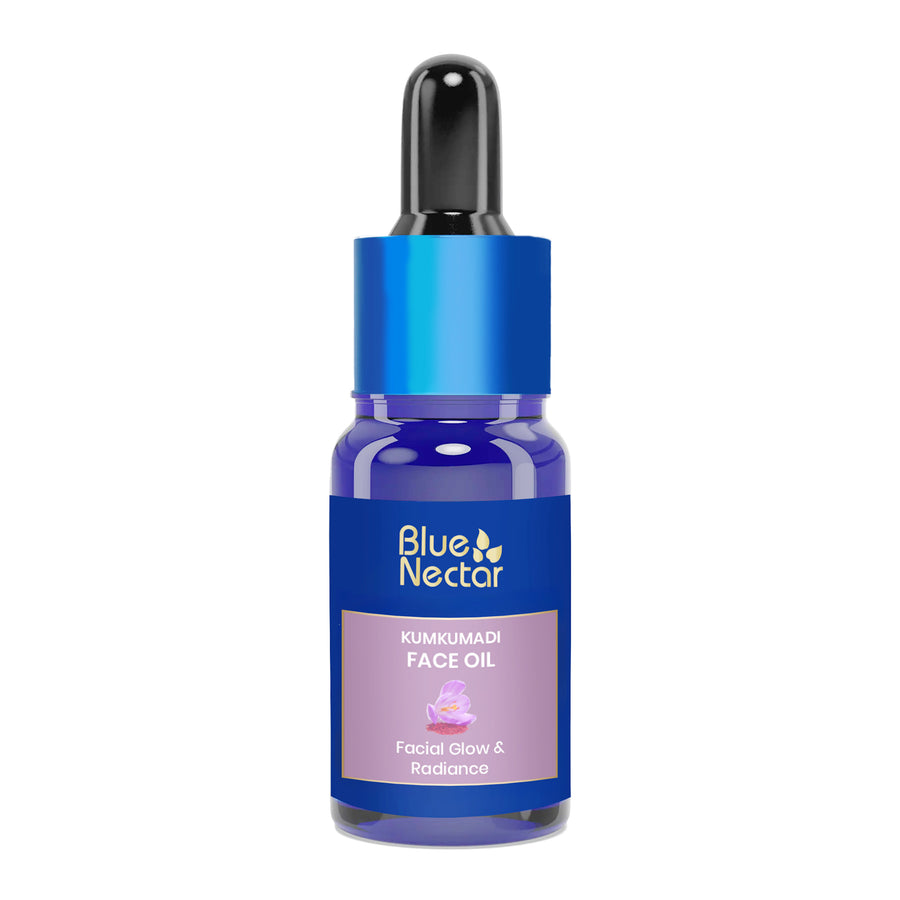
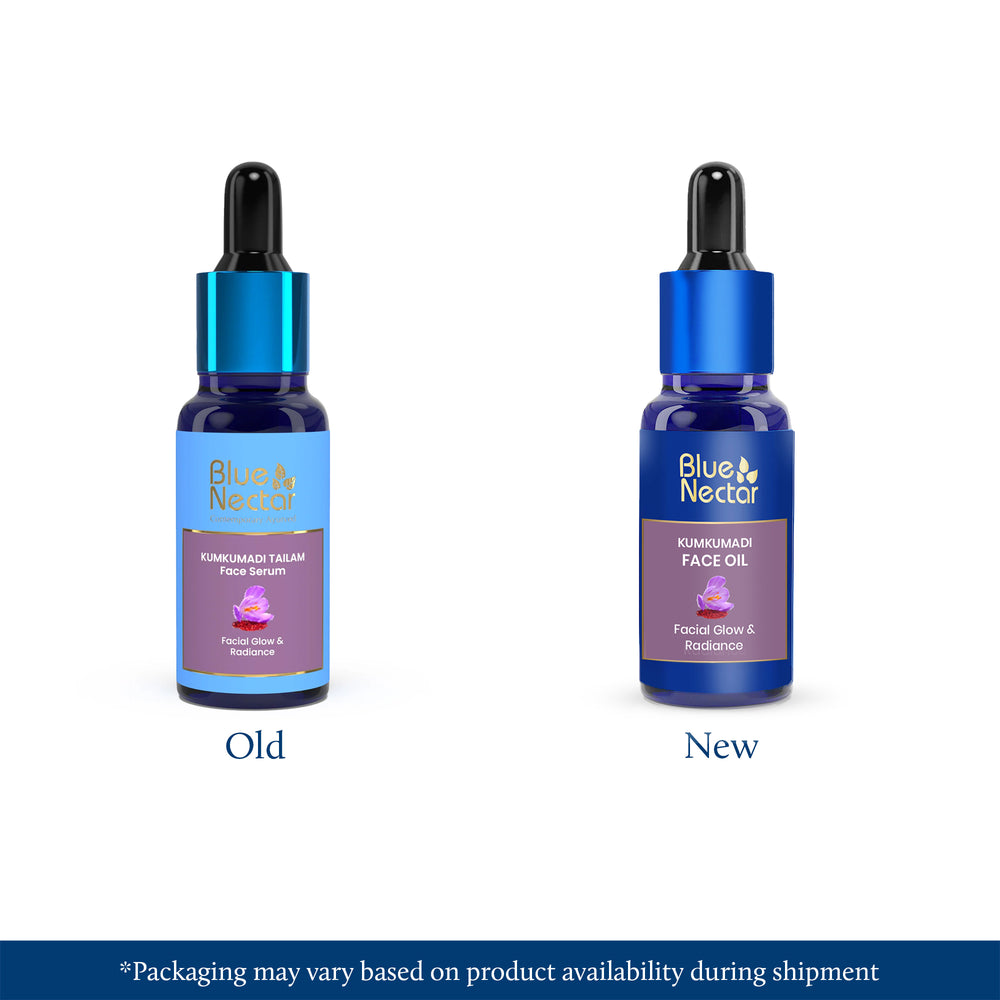

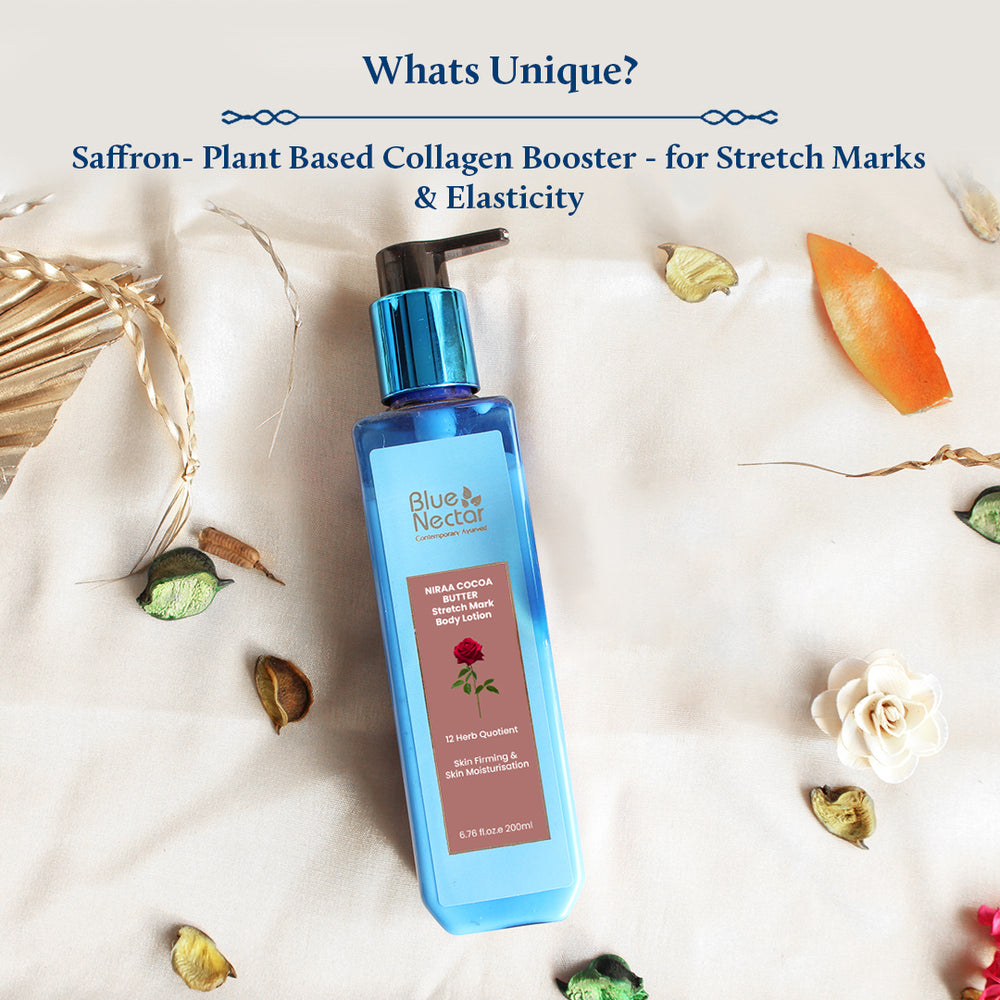
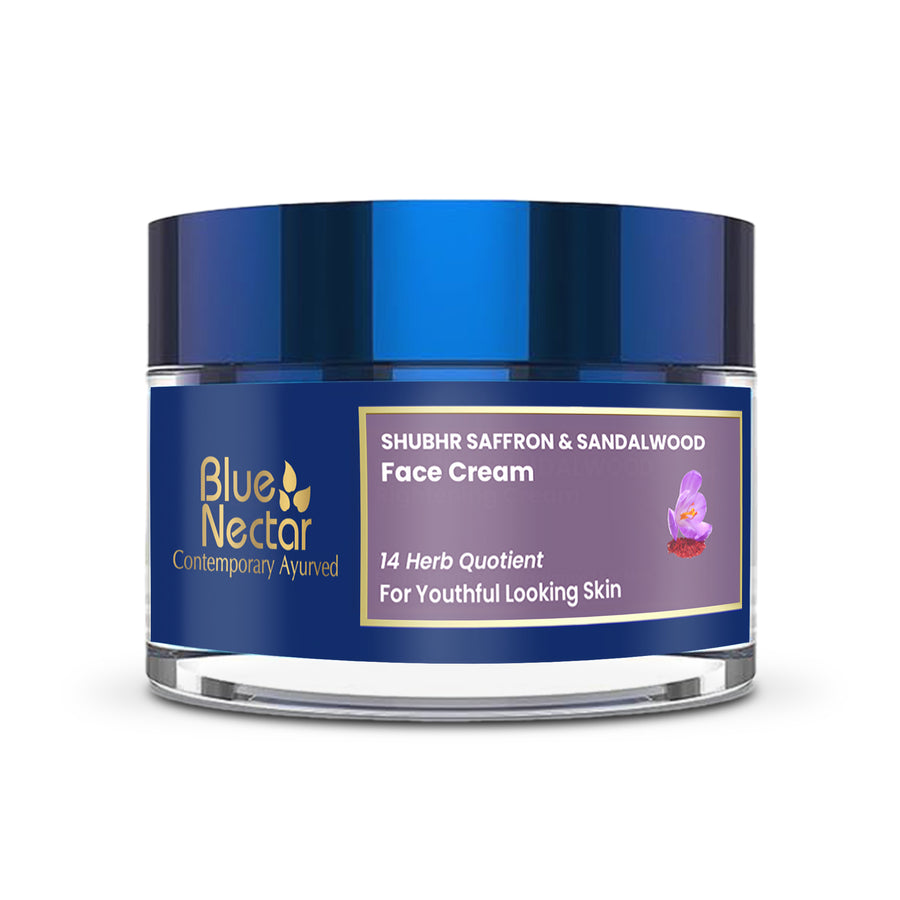

Leave a comment